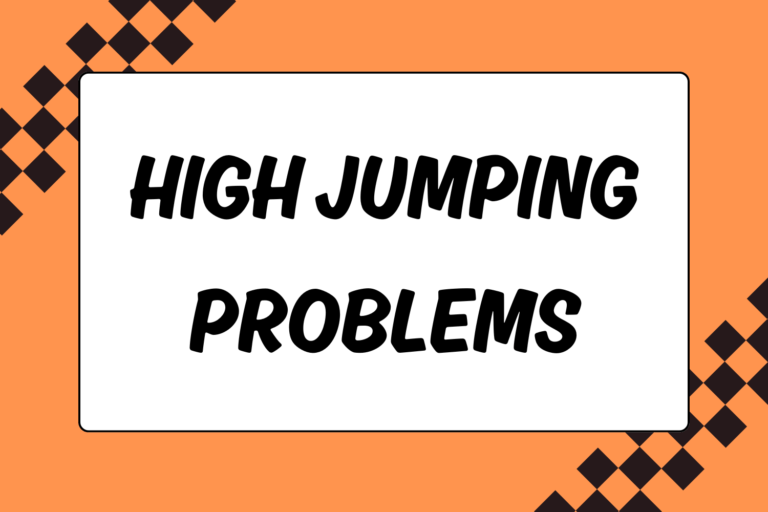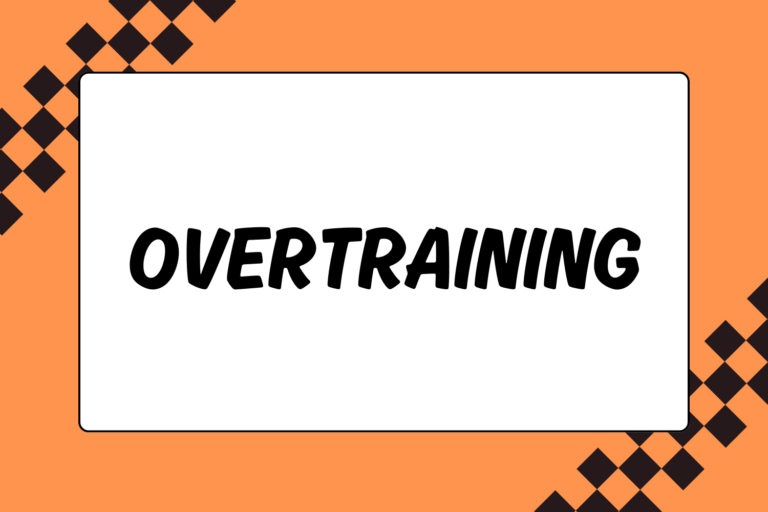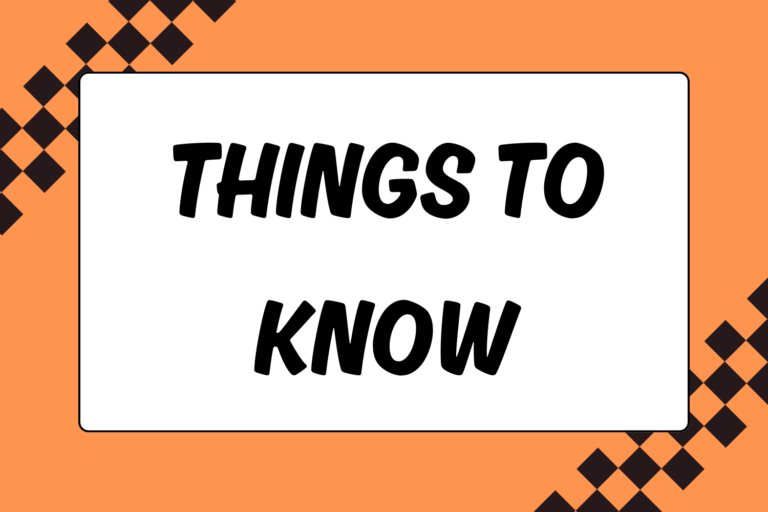Finding the right shoe in track and field is like finding the perfect training partner—it’s there to support you in the heat, cold, rain and snow and is by your side through every practice and competition. But having the wrong shoe is the pits and can hinder your performance and even lead to injury.
Regardless of the shoe, there are a couple of things to keep in mind when evaluating a new pair of shoes:
- Try on shoes at the end of the day or after a workout. This is when your feet will be at its largest.
- Wear the same type of sock that you would normally use in a workout or competition.
- Wiggle your toes when the shoe is on. It should feel comfortable, but not loose.
- There is no ‘break-in’ period with shoes. It either feels good when you put it on, or it doesn’t. If it doesn’t, these are not the right shoes for you.
- Go for a quick stride or practice your throwing/jumping technique while still in the store. Doing this will give you a better feel of how the shoe will perform during your event.
Here are a few guidelines to help you find your perfect shoe match.
The Different Types of Shoes for Runners
There’s a lot more that goes into finding the right shoe beyond picking a pair with an appealing design. Here’s a breakdown of the different types of shoes in terms of the structural and performance differences:
Motion-Control Shoes: These shoes are for those who overpronate moderately or severely. Motion-control shoes give the maximum rearfoot control and extra support on the arch. Runners who are heavier, bigger and/or have low arches will benefit best from these shoes. It will provide plenty of support and durability.
Cushioned Shoes:These are ideal for athletes who need maximum midsole cushioning and minimal arch support. Don’t buy these shoes if you overpronate. Athletes using this type of shoe usually have moderate to high arches.
Performance Training Shoes: Wear these shoes if you need something in which you can train and compete. These shoes are light, well-balanced and are suitable for racing, speedwork or daily training. Moderate overpronators can also train and race in some of these shoes. A lot of mid-distance runners will use these shoes on speed-workout days.
Racing Shoes: Most athletes will only wear this shoe on the day of competition. It is usually a lightweight, exceptionally fast shoe reserved for races. If it is used during practice make sure you don’t have any injuries.
Stability Shoes: These shoes are for athletes who need medial arch support and good midsole cushioning. The stability shoe is best for athletes who are mild to moderate overpronators and need more support and durability.
How to Tell if you Overpronate
Overpronating is when your feet roll inward too much. It is more common amongst bigger, heavier athletes with flat feet. To find out if you overpronate, take off your shoes and set them on a table with the heels facing towards you. If the heels are straight and tall, you do not have an overpronation problem. If the heels tilt inward (toward your arches) you are probably an overpronator.
Spikes for Runners
When someone mentions “spikes” in track and field, he can mean the shoe or the pins that go into the shoe. Here are the different types of spike shoes available for track and field athletes.
The sprinter’s spike is the lightest track shoe. There is usually no padding on the heel. The shoe is stiff to help keep the foot dorsiflexed or ‘keep you running on your toes.’ The spikes are located on the toe and ball of the foot. These shoes are usually used for distances up to 400 meters, but more and more mid-distance runners are using a sprint spike.
Middle distance running shoes have some cushioning at the heel and the shoe is slightly more flexible than the sprint spike. It is still very light, but the sole is less rigid.
Long distance shoes generally have more cushioning and are flatter and heavier than other racing shoes. However, it is still lighter than a regular running shoe.
Types of Spikes
You will need to replace the spikes in your shoe throughout the year, especially during the track and field season when you use your spikes the most. Try not to wait until the spikes are stubs, because it is a lot harder to take the pins out. Some athletes will change their spikes every competition to make sure it is as new as possible.
The most popular spikes are:
- Pyramid Spikes These are mainly used for cross-country races on dirt and grass. But many sprinters will use pyramid spikes if needle spikes are not allowed. They do not wear down fast and will also do well on the track. The most popular size is a ¼-inch.
- Needle Spikes These spikes are used on all-weather tracks and generate great traction. The most popular size is 3/16-inch.
- Christmas Tree Spikes A mix between a pyramid spike and a needle spike, Christmas Trees are quite popular amongst sprinters. However, you should always check the meet rules to see if you can use these spikes, as some tracks do not allow them. They usually come in ¼-inch.
Another item you will need to with your spikes is a spike wrench. One wrench will usually fit around all spike sizes. Use this tool to replace and put in your spikes.
Throwing Shoes
Throwing shoes should be flexible with a wide, flat-bottom sole. Unlike running shoes, it should be snug with little toe room, but should not bend inward.
Hammer and Weight Throw: The ideal shoe has a smooth. This will allow a more natural contact with the side edges of the foot while you are rotating in the circle.
Discus and Spin Shot: Heel roundness is not as important because the throwing action is on the balls of the feet. Instead, the best shoe has a broad, flat, wide base. The sole should also have some texture or made with a tackier rubber so it has a better grip of the throwing ring surface.
Glide Shot: The best type of shoe should be slightly curved and has a wide, flat heel. This will help your lateral balance and help prevent you from wobbling back and forth. It also makes it easier to place the heel against the back of the circle rim.
Javelin: Javelin shoes or boots come in low-cut, high-cut and mid-cut. It is modeled this way to provide more support and protection around the ankle of your plant foot. The javelin shoe has 11 spikes, usually seven in the front and four at the heel. According to the IAAF, the maximum number of spikes allowed on a shoe is 11, and they cannot exceed 12mm in length.
For beginners, an alternative to any event-specific shoe are cleats or tennis shoes. However, using these shoes is not recommended. When seriously competing or practicing for any of these events, it’s a good idea to get a shoe made specifically for that event.
Jumping Shoes
The shoe used for the triple jump, long jump and pole vault is very similar. Many shoes are made to fit any three of these events. The jump shoe is flexible and offers midsole support for the sprint down the runway. There are usually six to eight spikes at the front of the shoe. If you do buy a pole vault-specific shoe, it will have an 8mm heel-to-toe offset to enhance the transition from running to vaulting.
Similar to the javelin shoe, the high jump shoe usually has spikes in the front as well as on the heel. A strap goes across the top near the ankle to provide better stability and a better lockdown. According to the IAAF, the heel of the high jump shoe cannot be more than 19mm thick.
Try Before You Buy
Remember to always try on shoes before you buy them. If you purchase it online, make sure the pair is returnable in case it does not fit. The last thing you need to do is waste your time and money on shoes that won’t help you become a better athlete.





